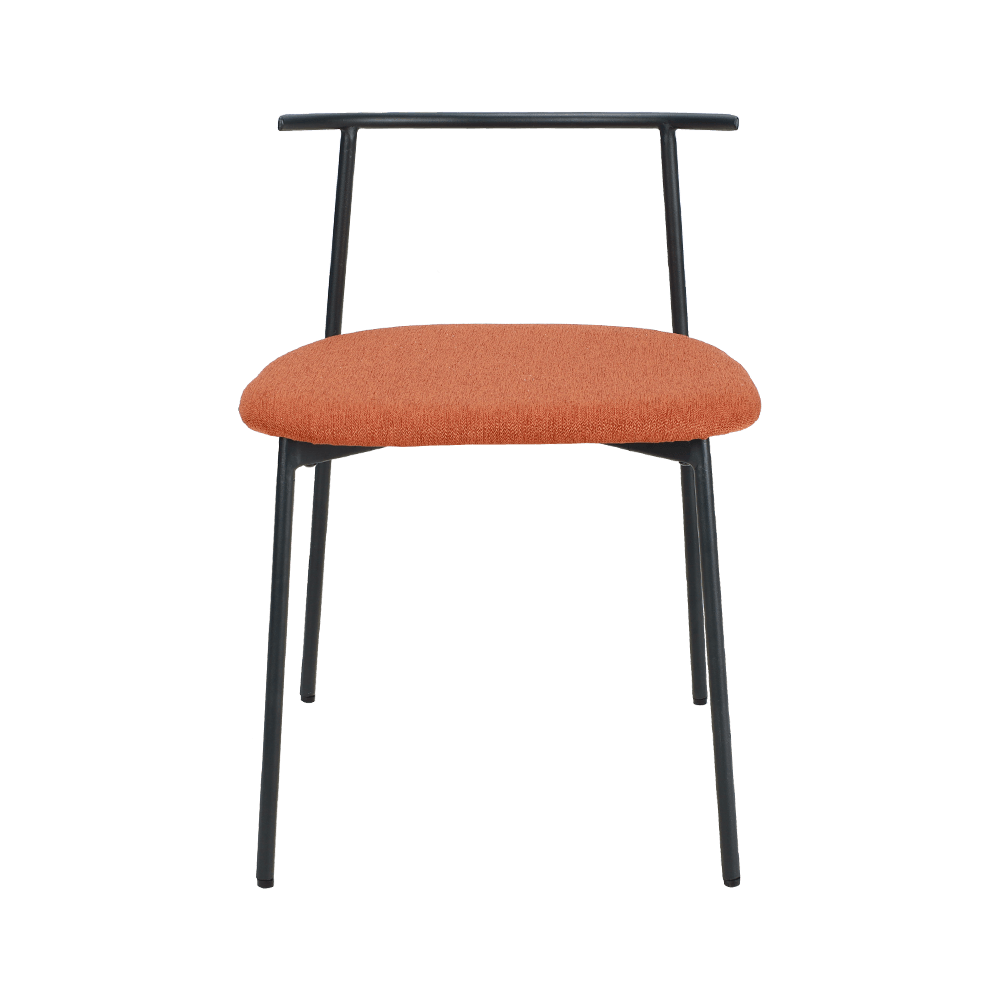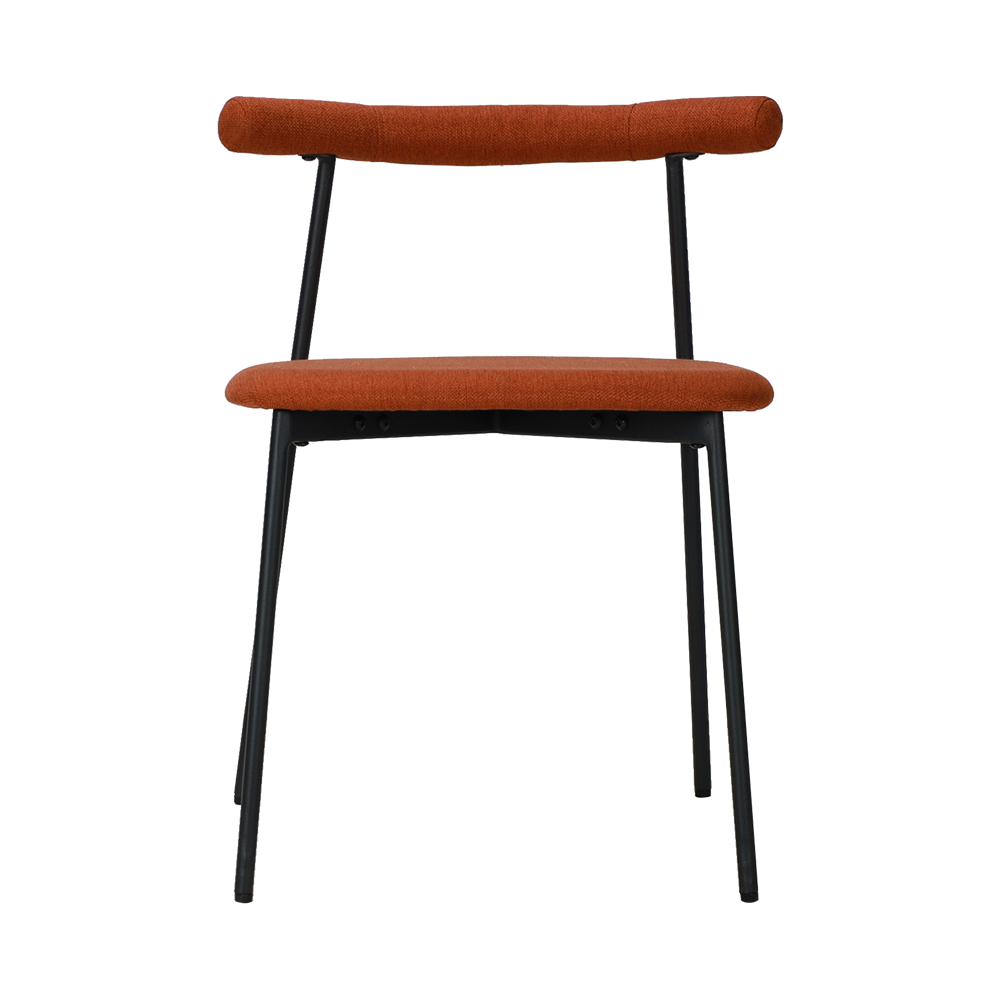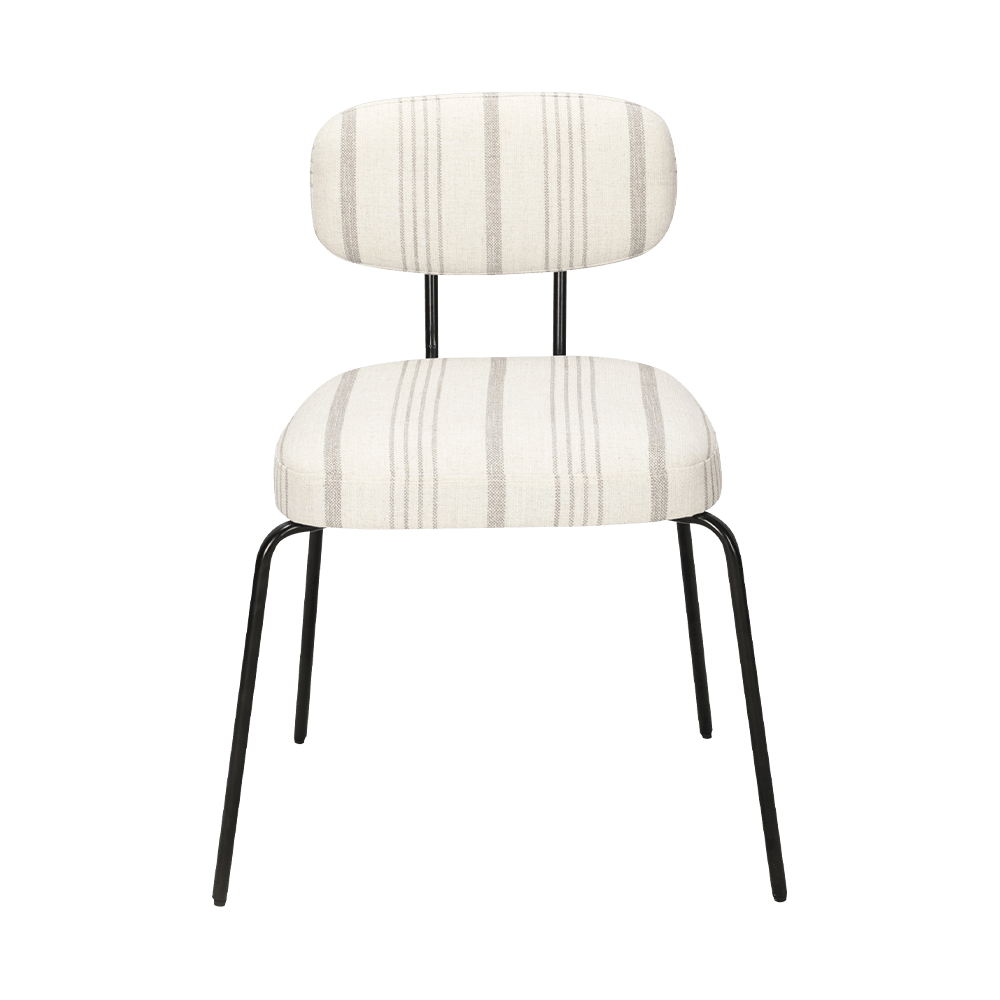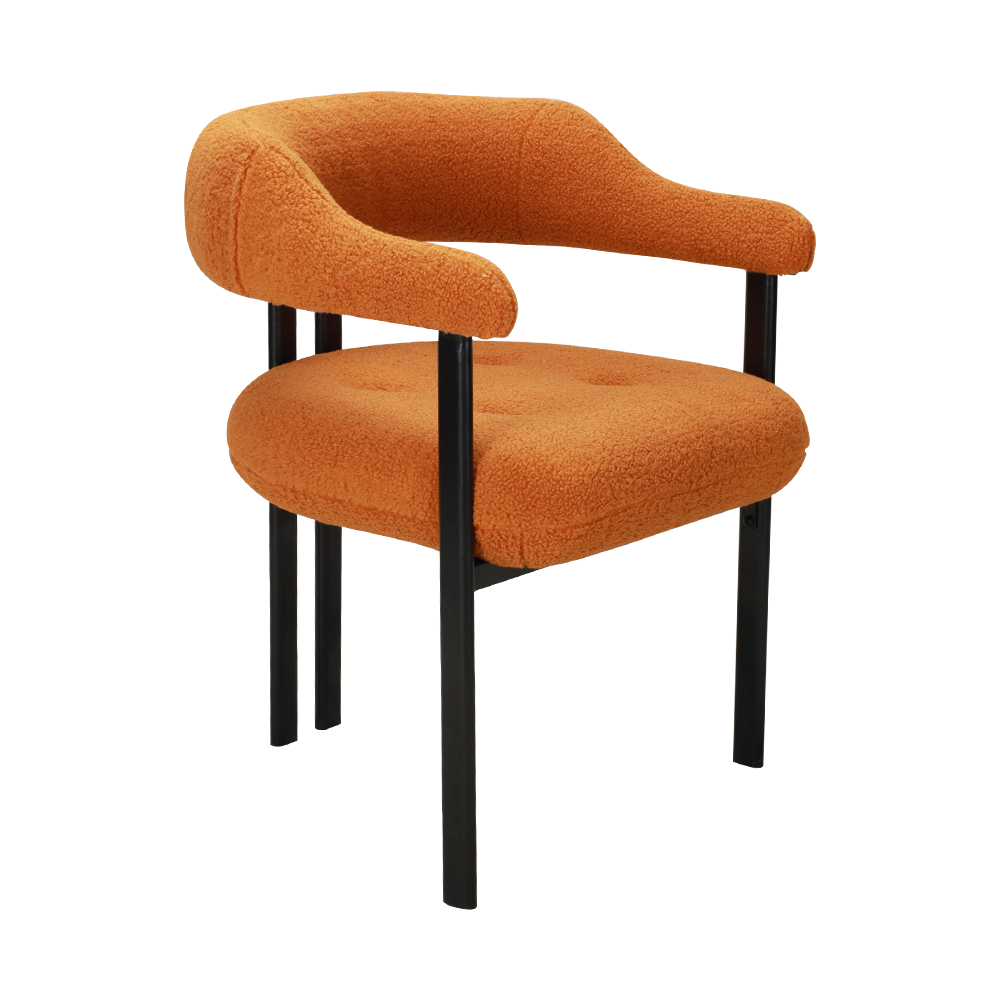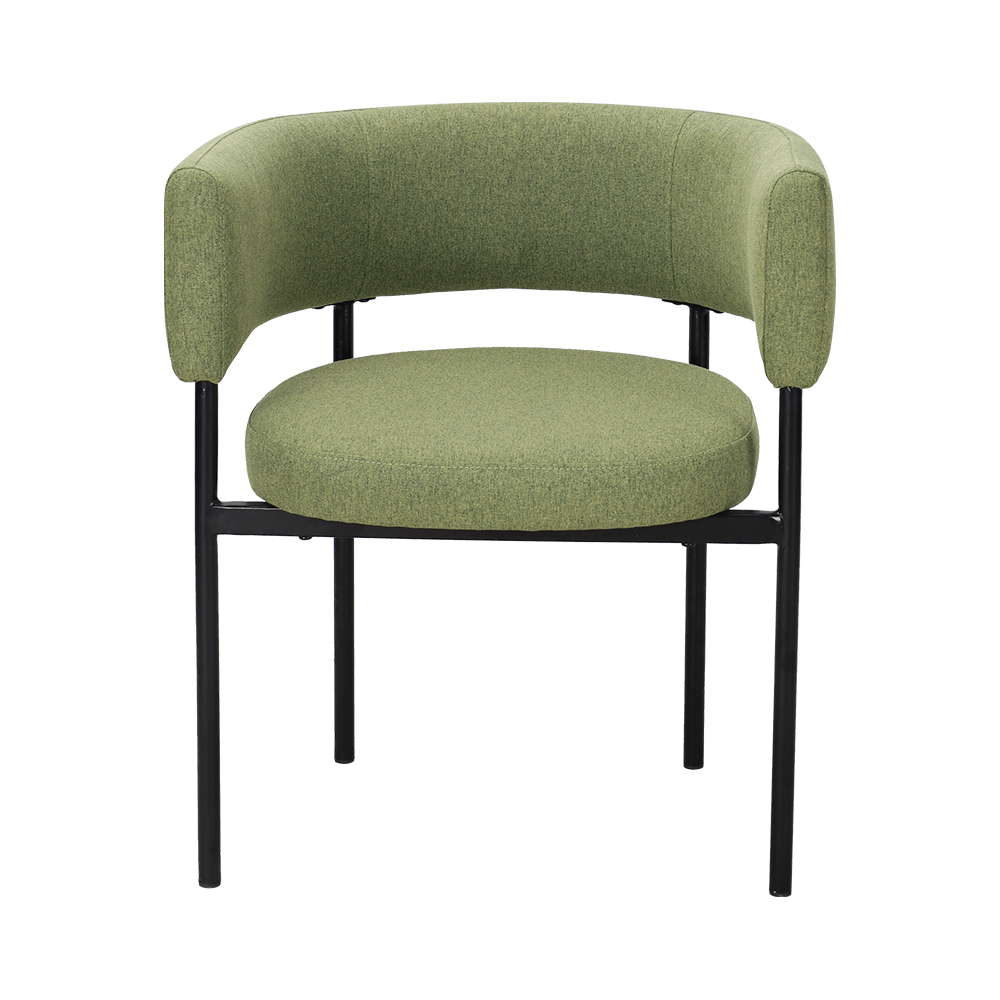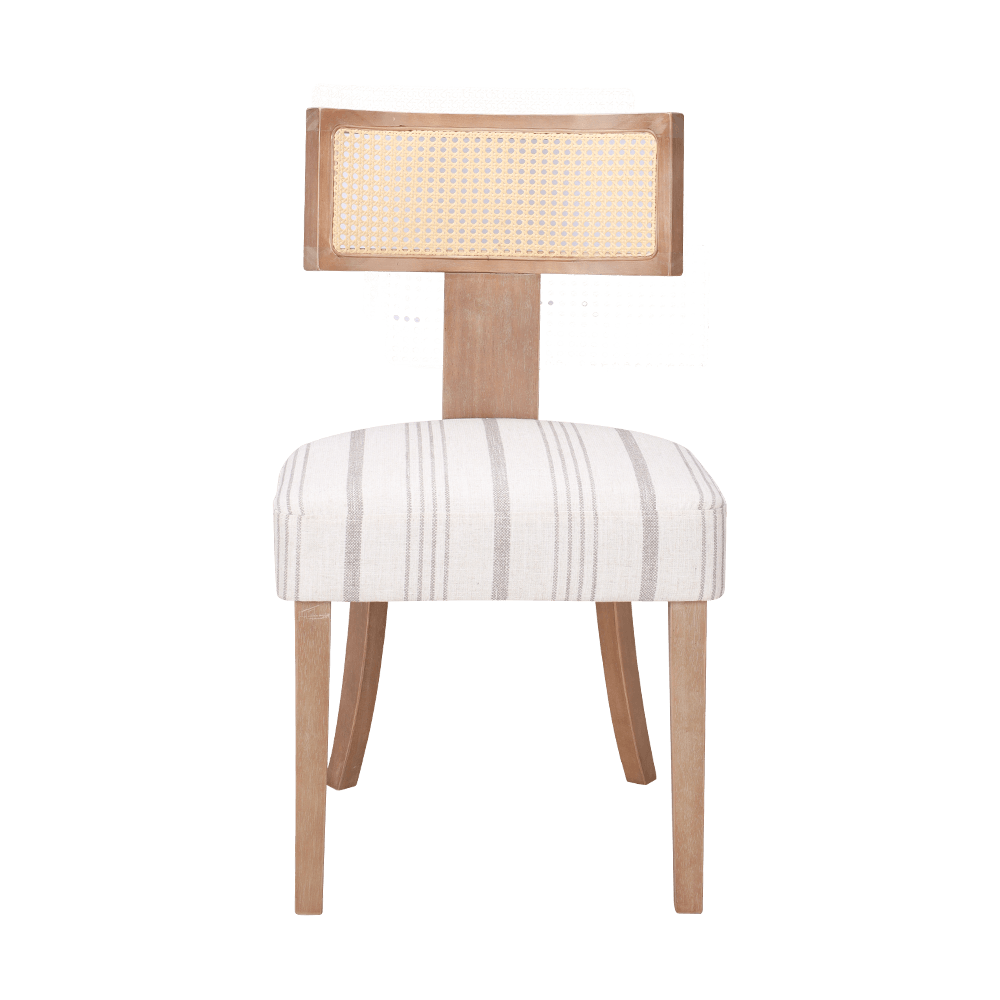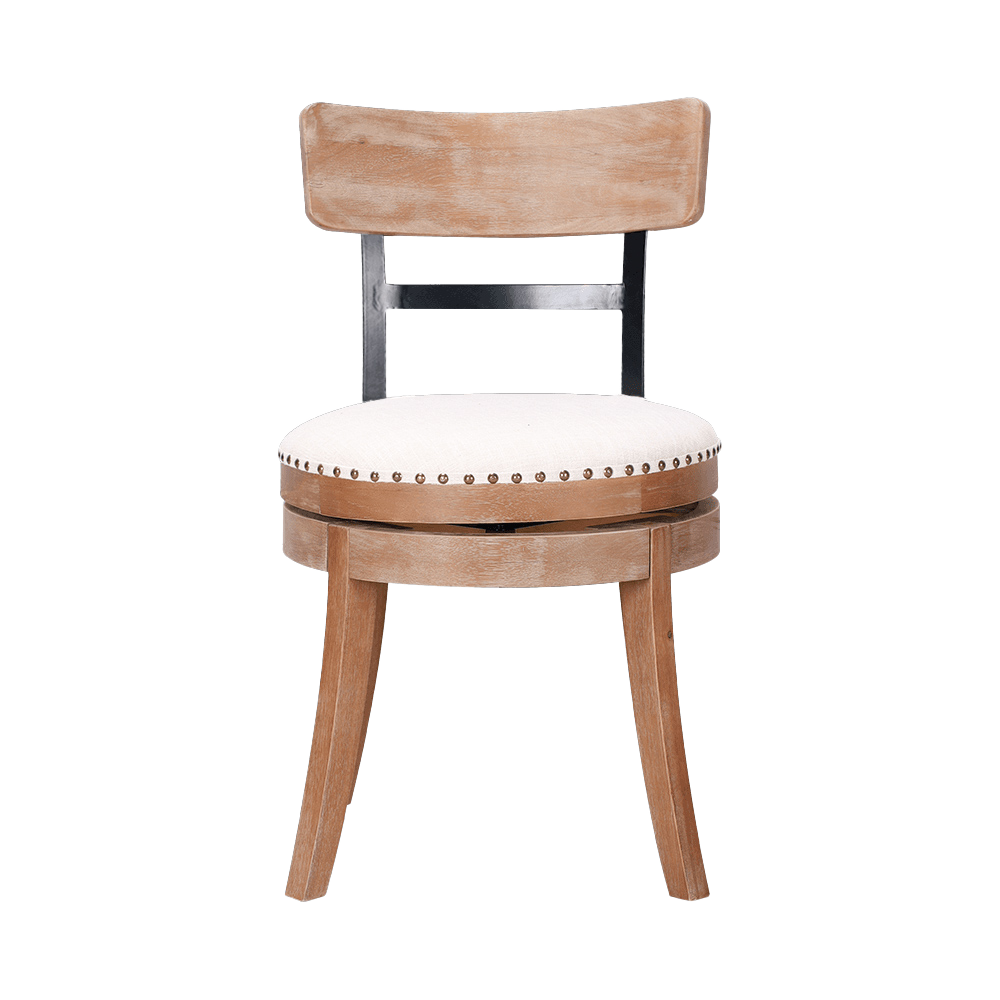How does the design of the solid wood dining chair contribute to both comfort and ergonomics?
Posted by Zhejiang Wanchang Furniture Co., Ltd.
The design of a solid wood dining chair plays a crucial role in ensuring both comfort and ergonomics, which are essential for encouraging proper posture and long-term seating comfort. Here’s a deeper look at how various design elements contribute to these factors:
1. Seat Depth and Width
The depth and width of the seat are fundamental to ensuring comfort. A seat that is too shallow may cause discomfort by not fully supporting the thighs, while a seat that is too deep can make it difficult for the user to sit with their feet flat on the floor. Ideally, the seat should allow for a neutral pelvic position, where the thighs are parallel to the floor, and the feet are firmly planted. This encourages good posture and reduces strain on the lower back.
For ergonomic comfort, the seat width should provide enough space for the user to sit without feeling cramped, while also ensuring that there’s sufficient support along the entire thigh length.
2. Seat Angle and Tilt
A slight tilt to the seat can greatly contribute to ergonomic seating. A well-designed solid wood dining chair often features a slight forward or backward tilt in the seat, typically between 1-4 degrees. This tilt helps to promote a more natural sitting posture by slightly tilting the pelvis forward or encouraging a relaxed seating position. This angle can reduce pressure on the spine and alleviate discomfort in the lower back, especially during long meals.
In addition, the angle of the seat ensures that users can sit comfortably without feeling like they are either slouching or leaning too far back, both of which can contribute to long-term discomfort or poor posture.
3. Backrest Design
The backrest is one of the most important ergonomic features of a dining chair, as it supports the spine, particularly the lumbar (lower back) region. An ergonomically designed backrest will offer gentle curvature to match the natural curve of the spine, providing proper lumbar support. Many solid wood dining chairs feature a slightly reclined backrest to encourage a more relaxed, upright posture while still offering support.
Some designs also incorporate contoured backrests that follow the natural shape of the back, ensuring the user doesn’t have to hunch forward or bend unnaturally to maintain balance. Proper lumbar support minimizes strain on the lower back and can prevent discomfort during long periods of sitting.
4. Armrests
While not always present on solid wood dining chairs, armrests can contribute to comfort and ergonomics by offering additional support for the arms and shoulders. Ergonomically placed armrests help reduce strain on the shoulders and neck by providing a place for the arms to rest while sitting. The height and width of the armrests should be such that the user’s elbows remain at a 90-degree angle when resting, promoting a relaxed posture.
If armrests are included, they should be designed so that they don't interfere with the user’s ability to move freely in and out of the chair, which ensures ease of use while maintaining comfort.
5. Materials and Cushioning
While solid wood is durable and offers a natural aesthetic, cushioning or padding on the seat can enhance comfort without compromising the chair’s stability. High-density foam or soft cushioning can be added to the seat and backrest to offer additional comfort, especially for extended periods of sitting. The material chosen for the padding should have sufficient resilience to prevent it from becoming compressed over time while still offering a soft, supportive surface.
For those who prefer a firmer feel, some solid wood dining chairs are designed without significant padding, relying on the natural strength and comfort provided by the wood itself. In these cases, the smoothness of the wood’s surface and the shape of the seat and backrest contribute to comfort by ensuring even weight distribution and providing natural support.
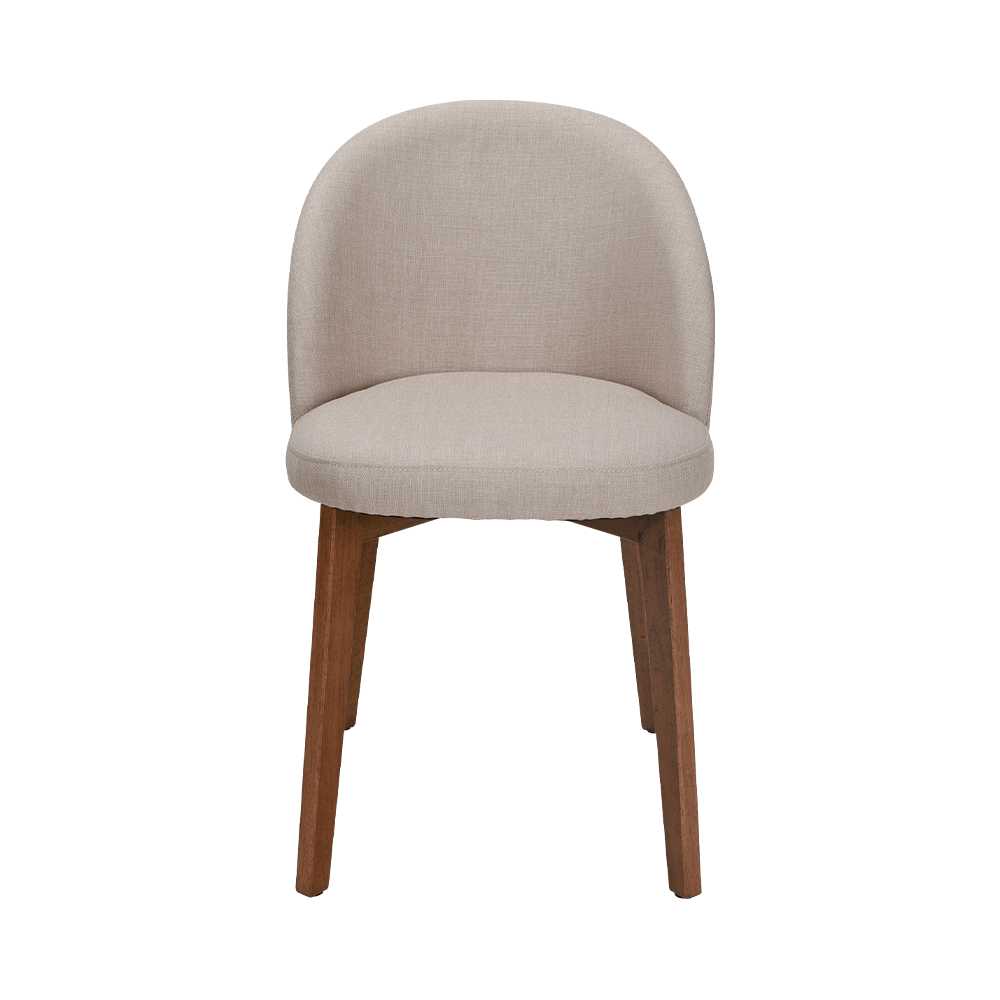
6. Leg and Base Design
The leg design of the chair not only contributes to its stability but also influences the ergonomics of how a person sits. Chairs with slightly splayed legs (where the legs are angled outward) provide a more stable base, allowing users to feel secure without the risk of the chair tipping over. This wide stance helps distribute weight more evenly and encourages proper posture.
Additionally, the height of the chair legs is crucial for ensuring the user’s feet can comfortably rest flat on the floor. When the chair is too high, it can create strain on the thighs, while too low a seat height can cause discomfort in the knees. Proper leg height ensures that the thighs are parallel to the floor, promoting optimal ergonomic positioning for long periods of seating.
7. Seat Edge Design
The edge of the seat can significantly impact comfort. A rounded or beveled seat edge helps reduce pressure on the backs of the thighs, allowing for longer seating periods without discomfort. Hard, square edges can dig into the thighs, causing pressure points, which can lead to poor circulation and discomfort. Rounded edges allow for better weight distribution across the seat surface, ensuring a more comfortable seating experience.
8. Durability of Wood
Solid wood itself has natural properties that contribute to ergonomic comfort. The stability of solid wood ensures that the chair maintains its shape over time, resisting warping or shifting that could lead to discomfort. Unlike cheaper materials, solid wood retains its form and strength, which means that the chair can continue to provide consistent support for years without losing its ergonomic qualities.
9. Design for Movement
An ergonomic solid wood dining chair should allow for slight movement as the user shifts in their seat. Chairs that are overly rigid may cause the user to feel constrained, while those that offer slight flexibility in the backrest or seat can promote comfort by accommodating natural body movements. This subtle movement helps reduce tension in the back and hips and prevents stiffness from prolonged sitting.




 中文简体
中文简体 English
English